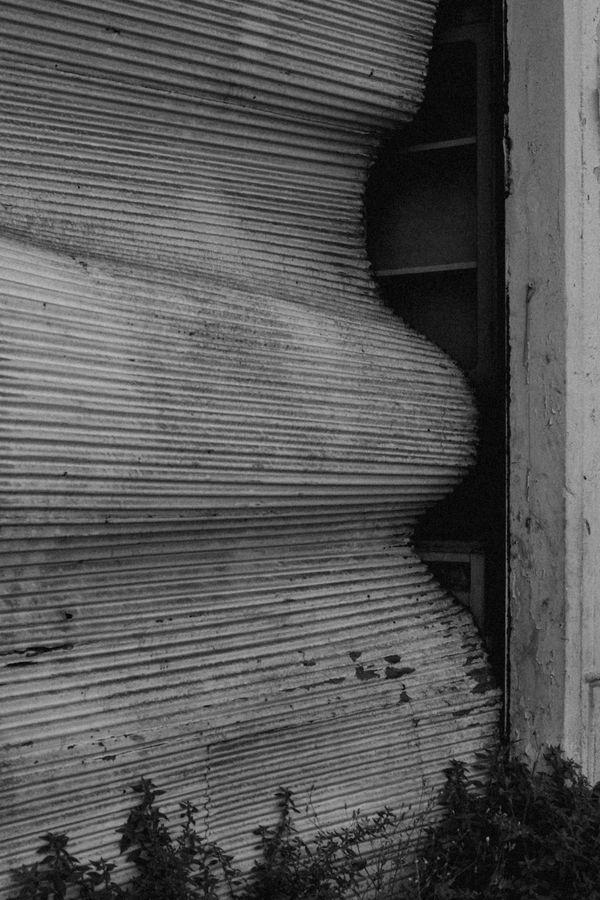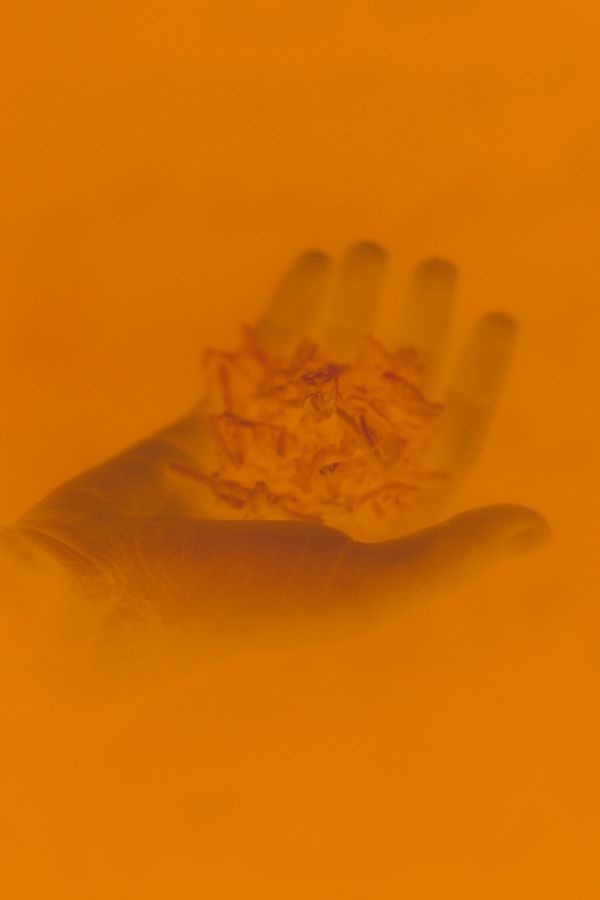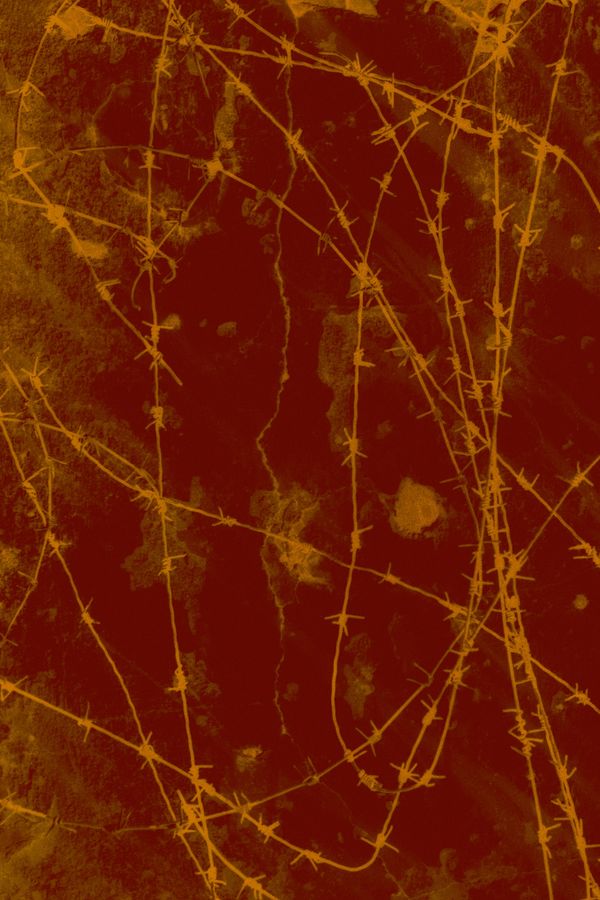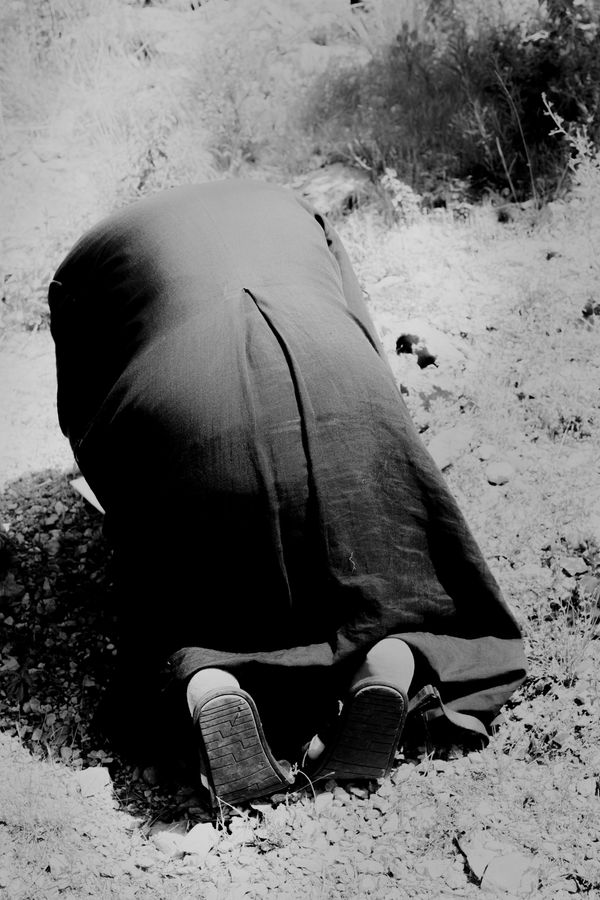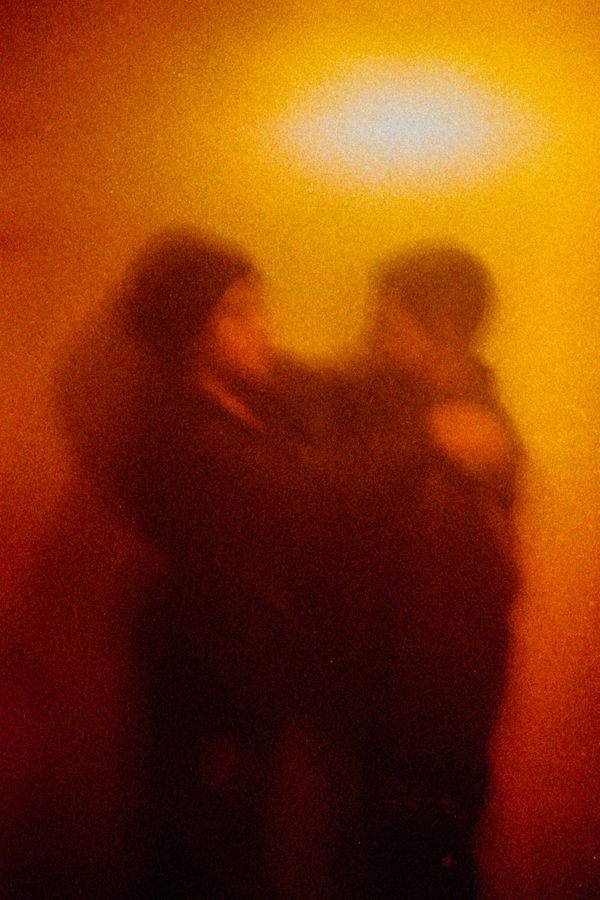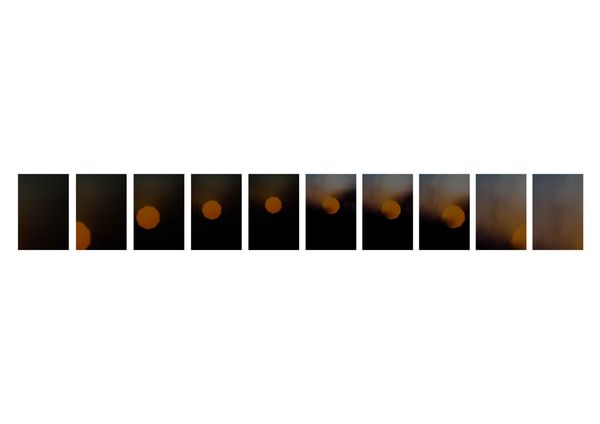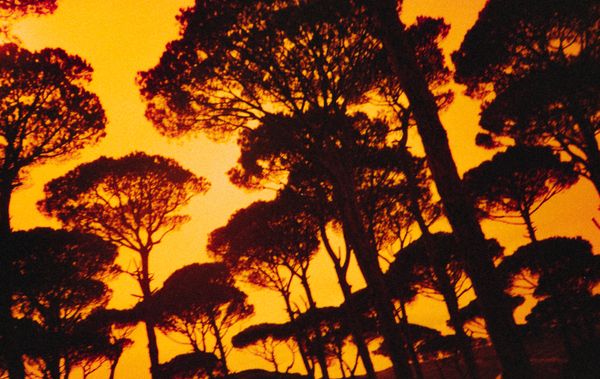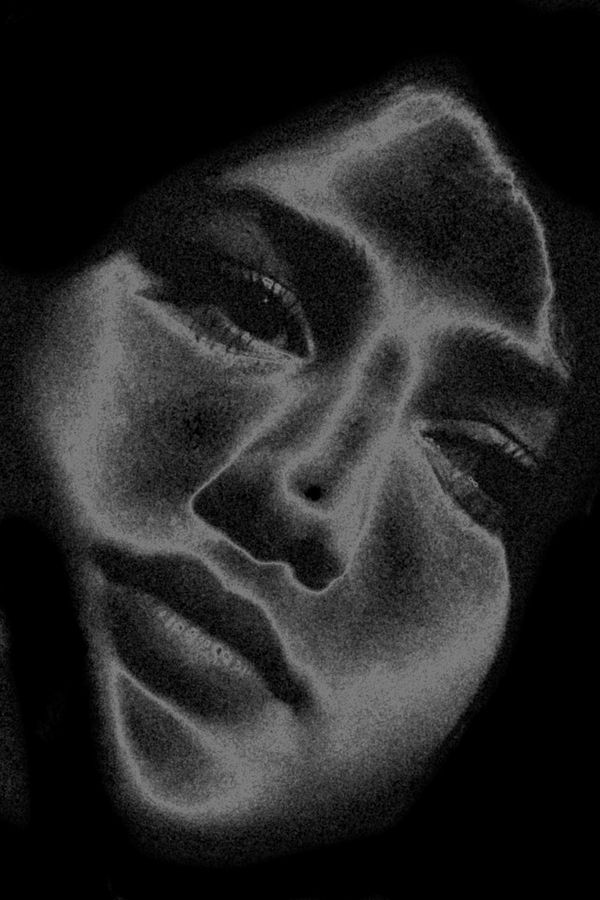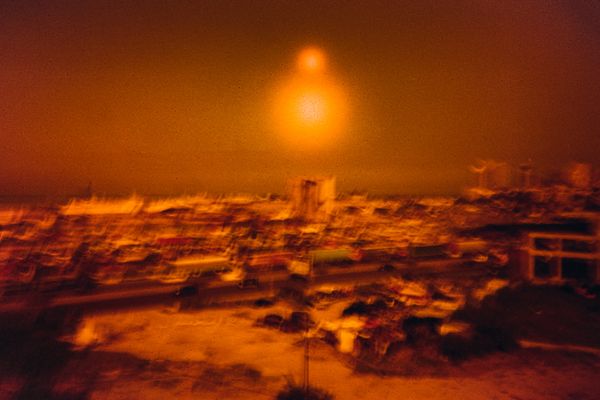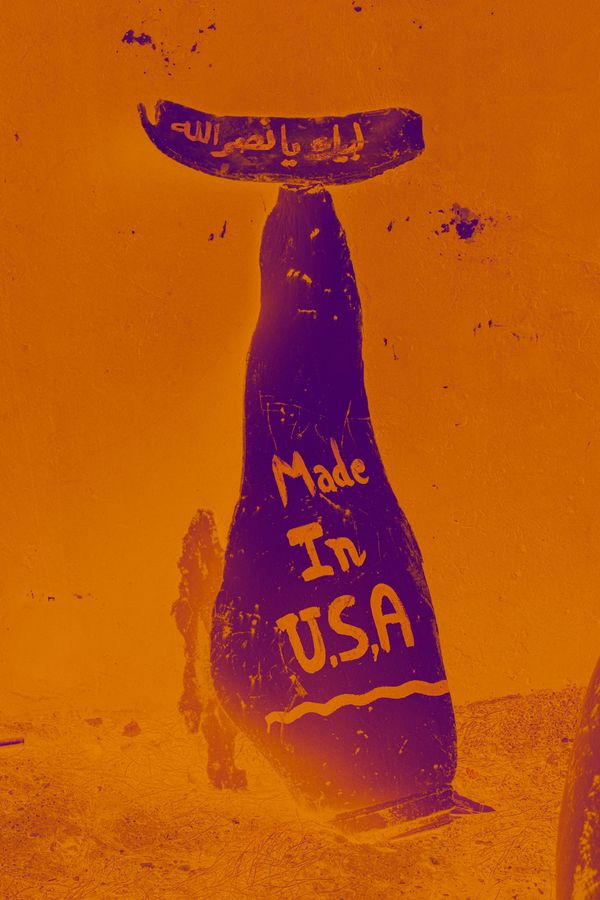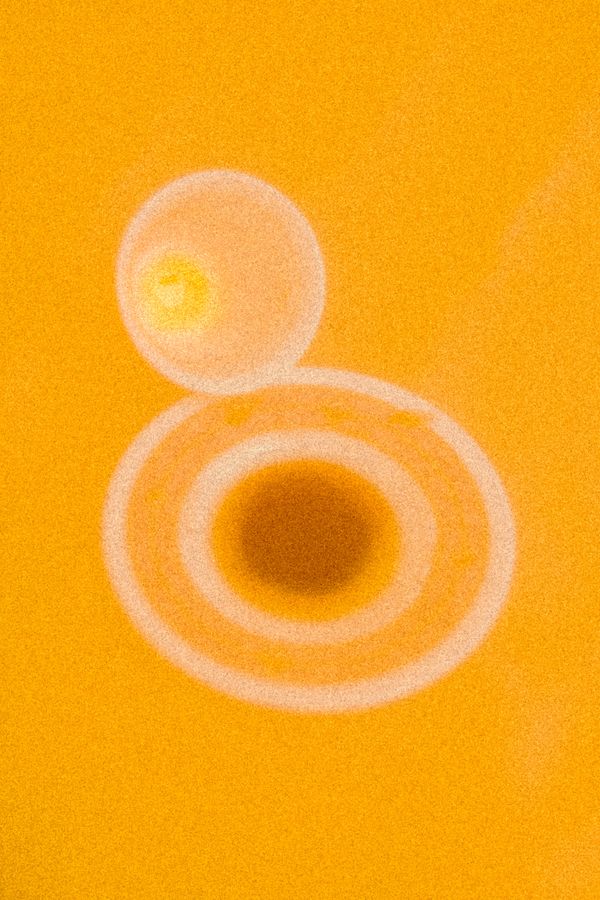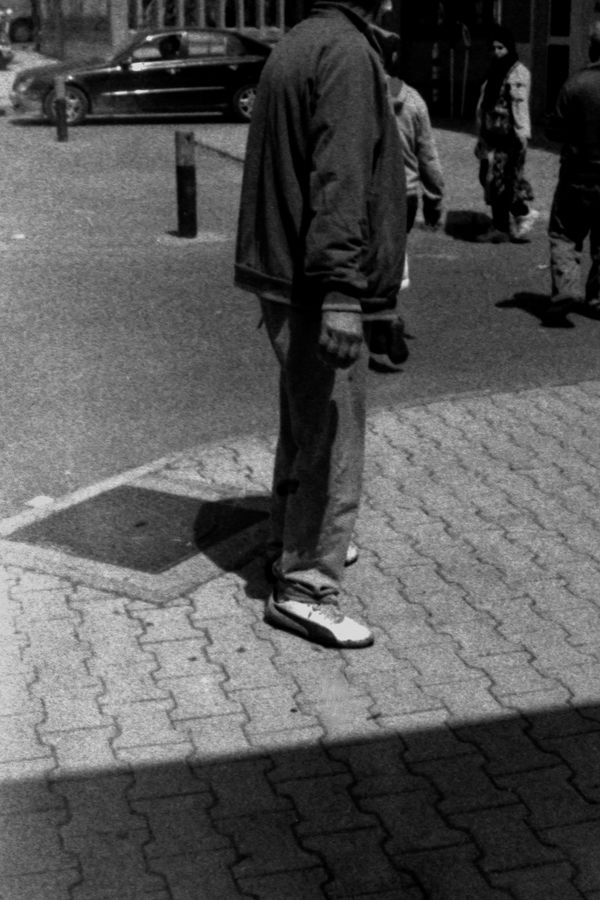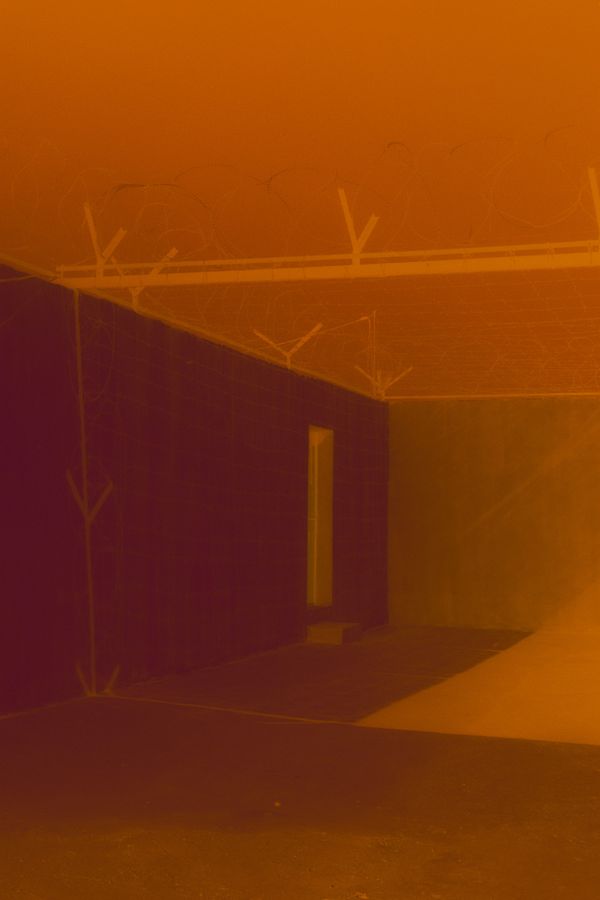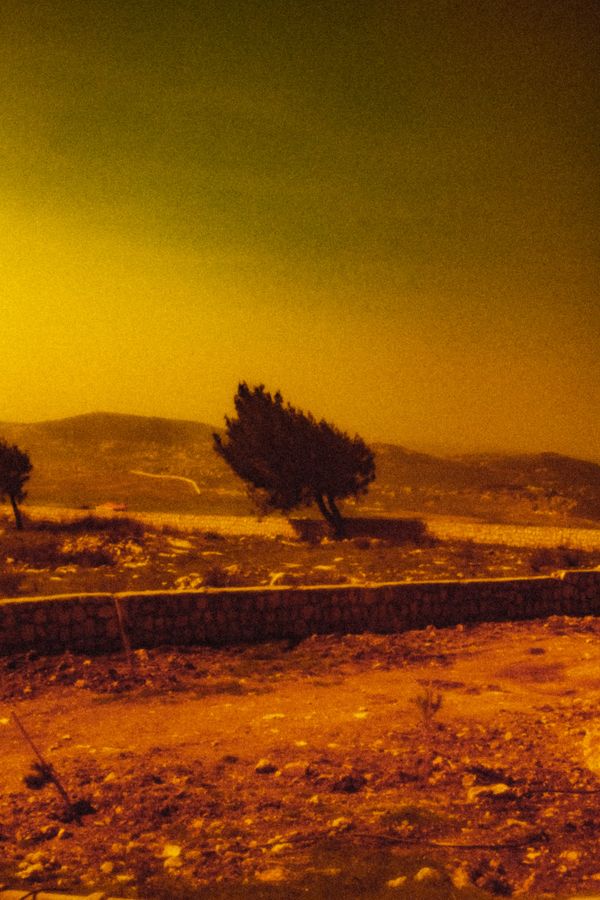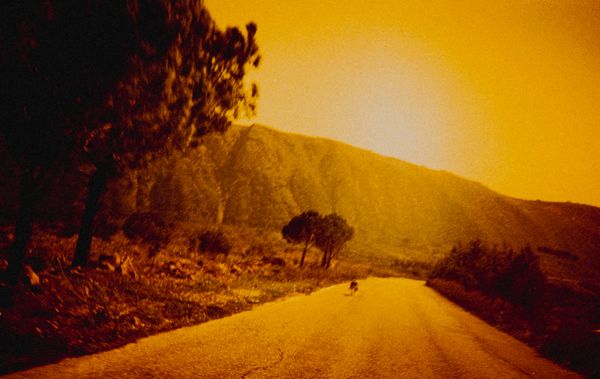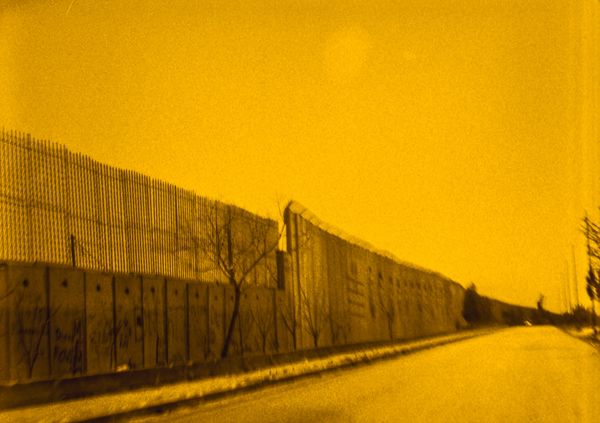The Circular Ruins
-
Dates2019 - 2023
-
Author
- Location Marseille, France
In a world where the course of violence is reversed, would tears roll down our brows? And would blood join the sea of heaven?
Heroes die because the world turns,
turns around the sun,
which itself is dying.
In the glow of the separations that created us, I headed back to Syria in search of memories of celebrations in a country in ruins. Unable to return to this fallen country, I'm staying in another, which I call Nabil*.
To avoid being mistaken for a spy, I will inherit three different identities**.
Guided by the burning sun, trapped by insurmountable borders, I follow the disaster back to its origins, to the walls, deprived of speech, among the ghosts of war and history. I glimpse the fire that both creates and destroys, the evidence that repeats itself ad infinitum, the mirage of hopes resigned to the sacrifice of their illusions.
Like an antiphon, the paths of existence are subject to the laws of politics, chance and poetic accidents.
Drawing on writings from philosophy, literature, and poetry - in particular the work of Etel Adnan, Jorge Luis Borges, and Mahmoud Darwich - The Circular Ruins is anchored in the territory of southern Lebanon, in this case, called Nabil, an emblematic and empirical example of the perpetual restarting of events, particularly of the violence. Like a photographic essay, The Circular Ruins traces the thread of disaster back to its origins, right up to the walls, subject to the laws of politics, chance, and poetic accidents.
*Lebanon / Liban (in French) upside down
**Lina Bitar, Orianne Olive et Marianne Ciantar
